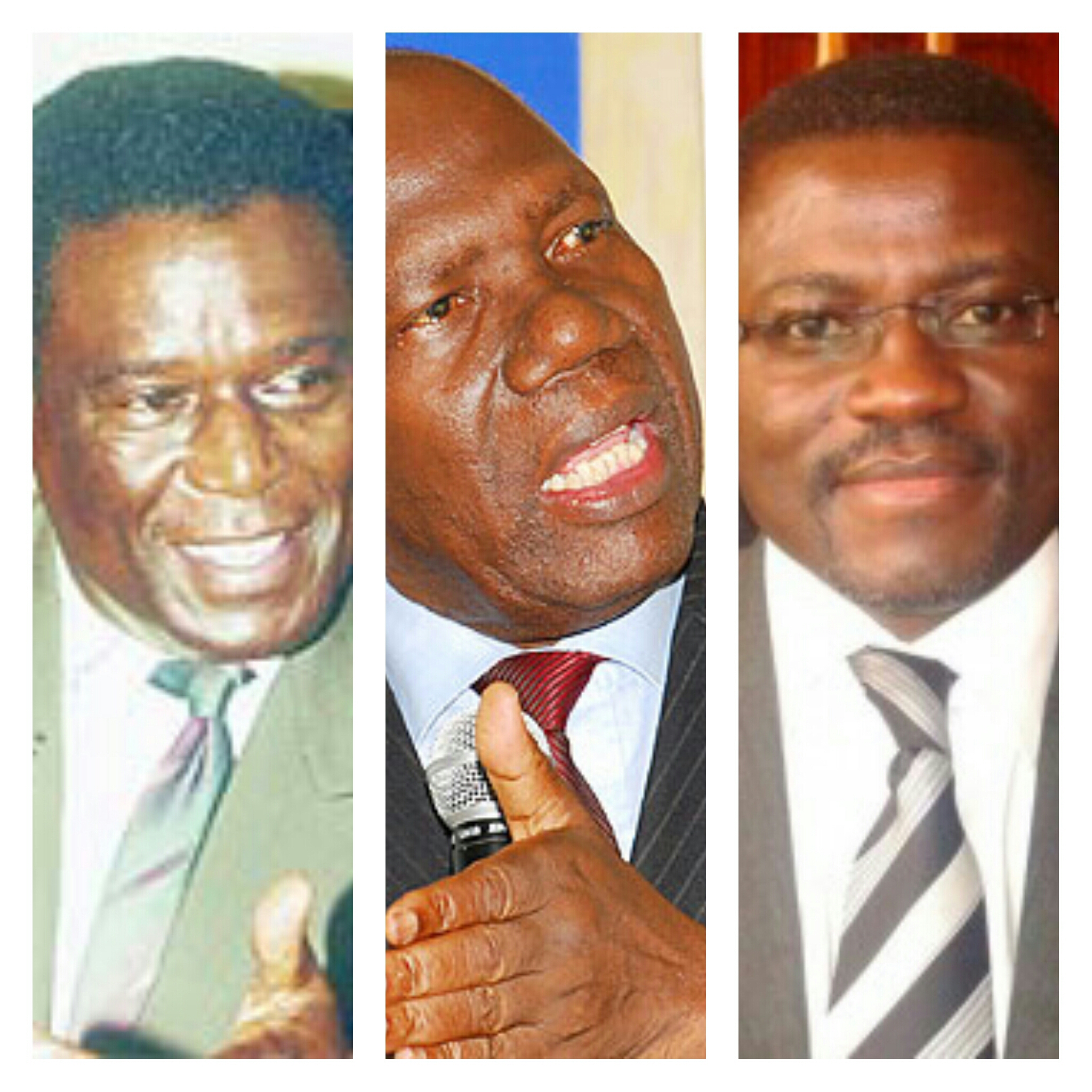The World Bank poverty assessment report for (2006 to 2013) shows increasing poverty levels in Northern Uganda despite increased international and government investments in the region.
According to the report released in Kampala on Tuesday morning, the number of Ugandans living below national poverty line has reduced from 56.3% in 1993 to 19.7% in 2013, while the international poverty line has as well shifted from 68.1% in 1993 to 34.6% in 2013.
In relation to Northern Uganda 64% of citizens were living below the poverty line in 2006 but currently 84% live below poverty line on the national scale.
The report further shows that in the area of education, the teacher to pupil ratio is one teacher to 136 in northern Uganda, 90.5 in eastern Uganda, 47 in the central region and 53 in western Uganda.
In the social sector, only 35% of residents in Northern Uganda have mobile phones, 52% in eastern Uganda, 83% in central Uganda and 63% in eastern Uganda.
While launching the report the World Bank country director Christina Malmbrerg Calvo said the report envisages inequitable development which must be addressed.

In response, the state minister for planning David Bahati said that government is aware of the imbalance but quickly added that it was caused by insecurity that rocked these areas for over two decades.





















